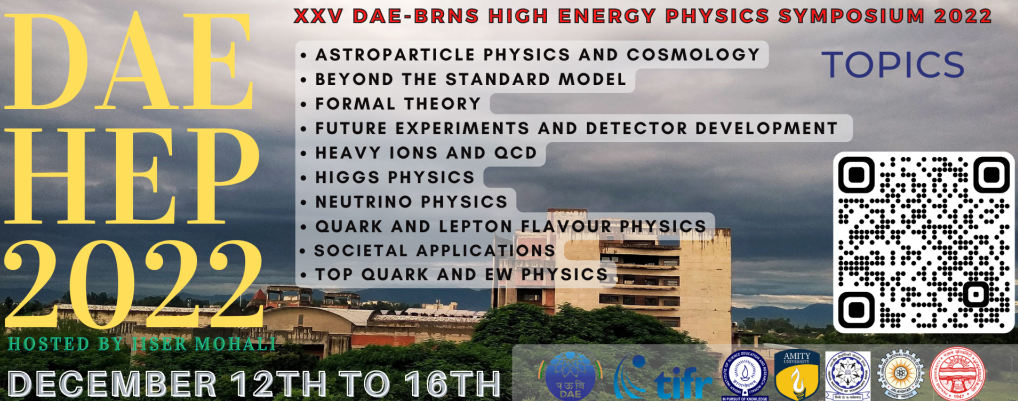Speaker
Description
We consider a black hole with a stretched horizon as a toy model for a fuzzball microstate. The stretched horizon provides a cut-off, and therefore one can determine the normal (as opposed to quasi-normal) modes of a probe scalar in this geometry. For the BTZ black hole, we compute these as a function of the level $n$ and the angular quantum number $J$. Though conventional level repulsion is absent in this system, we find that the Spectral Form Factor (SFF) shows clear evidence for a dip-ramp-plateau structure with a linear ramp of slope $\sim$ 1 on a log-log plot, with or without ensemble averaging. We show that this is a robust feature of stretched horizons by repeating our calculations on 2d $\text{Rindler} \times S^{1}$ geometry. We also observe that this is not a generic feature of integrable systems, as illustrated by standard examples like integrable billiards and random 2-site coupled SYK model, among others.
| Session | Formal Theory |
|---|
